What’s Up?
I have added a box of disposable lightweight rubber exam gloves to my coronavirus protection kit; be sure not to touch your face with the gloves on and be sure to turn them inside out and discard theem after each use. I was quite surprised that my local pharmacy had plenty in stock. Be careful, be safe, and stay healthy.
On Monday afternoon I photographed at the Brandon rookery. With a north wind right in my face and the sun behind me, photography was very tough. But I made two very nice images. On Sunday morning DeSoto was great with lots of tern flight, three dark morph Reddish Egrets — one more beautiful than the next, and several big shorebird flocks. I headed back to Brandon on Tuesday afternoon and was glad that the wind switched from north to south at about 5pm. Again, I made two very nice images.
On Wednesday morning DeSoto was beyond spectacular. I am pretty sure that I created no less than 20 family-jewels type images. There were lots of bathing Royal Terns and Laughing Gulls and endless opps with incoming terns in flight. Then a huge Snowy Egret/Red-breasted Merganser feeding spree. As icing on the cake, the gorgeous dark morph Reddish Egret landed right in front of us while the light was still very sweet. I was off the beach before 9:00am. And yikes, I forgot to mention that I had one really good flight chance with a Caspian Tern and did not fan on it …
Please Take a Moment …
in the last blog post here, I wrote, Please take a moment and let us know your choices for the two strongest images and the two weakest images along with your reasons. Only four folks responded (and one was my sister). I’d love to hear your thoughts.
IPT Udpates
You can access the full listings and all IPT details here.
- The 2020 Fort DeSoto Spring Sandbar Secrets IPT/April 22 through the morning session on April 25, 2020. 3 1/2 DAYS: $1499.00. Limit 8/Openings: 6.
- IPT #1: SAT 20 FEB 2021 through the full day on THURS 25 FEB MAR 1, 2021. Six full days: $5499.00. Limit 5 photographers/Openings: 4.
- IPT #2: SAT 27 FEB 2021 through the full day on WED 3 MAR 2021. Five full days: $4599.00. Limit 5 photographers/Openings: 4
- The 2020 Hooptie Deux/Roseate Spoonbill Boat 3 1/2 DAY IPT — MAR 19 thru the morning session 22 MAR 2020: $2599.00. Sold out.
- The GALAPAGOS Photo Cruise of a Lifetime IPT/The Complete Galapagos Archipelago Photographic Experience. August 17-31, 2021 on the boat. 13 FULL and two half-days of photography: $14,999.00. Limit: 12 photographers/Openings: 5.
The Greatest-ever Bald Eagle Experience IPTs:
BIRDS AS ART
BIRDS AS ART is registered in the U.S. Patent and Trademark Office.
Money Saving Reminder
If you need a hot photo item that is out of stock at B&H, would enjoy free overnight shipping, and would like a $50 discount on your first purchase over $1000.00, click here to order and enter the coupon code BIRDSASART at checkout. If you are looking to strike a deal on Canon or Nikon gear (including the big telephotos) or on a multiple item order, contact Steve Elkins via e-mail or on his cell at (479) 381-2592 (Eastern time) and be sure to mention your BIRDSASART coupon code and use it for your online order. Steve has been great at getting folks the hot items that are out of stock at B&H. Those include the SONY a7r IV, the SONY 200-600, the SONY 600mm f/4 GM, and the Nikon 500mm PF. Steve is eager to please.


Gear Questions and Advice
Too many folks attending BAA IPTs and dozens of photographers whom I see in the field and on BPN, are–out of ignorance–using the wrong gear especially when it comes to tripods and more especially, tripod heads… Please know that I am always glad to answer your gear questions via e-mail. Those questions might deal with systems, camera bodies, accessories, and/or lens choices and decisions.
|
|
|
i-Phone 8+ image. See The iPhone Photography e-Guide by Dr. Cliff Oliver here (in the BAA Online Store). Image #1: The difficult-to-photograph Wood Stork rookery |
A Hard Place to Shoot
The problems at the Brandon Rookery are myriad:
- 1- From the deck, your line of sight is often blocked.
- 2- There are too many Wood Stork nests too close together.
- 3- As the light gets sweeter late in the day, much of the colony is shaded.
- 4- Cluttered backgrounds predominate.
- 5- North or east winds make things very difficult.
- 6- Working left of the deck opens up sight-lines but creates light angle problems on sunny afternoons.
|
|
|
This image was created on 16 MAR 2020 at the Brandon Rookery. I used the Induro GIT 304L/FlexShooter Pro-mounted Sony FE 600mm f/4 GM OSS lens, the Sony FE 1.4x Teleconverter and the blazing fast Sony Alpha a9 II Mirrorless Digital camera body) that features incredibly accurate AF. ISO 800. Exposure determined by Zebras: 1/2500 sec. at f/5.6 in Manual mode. AWB at 4:45pm on a sunny afternoon. Center Zone AF-C was active at the moment of exposure. As per RawDigger, the area of sharpest focus was on the leaf just behind and below the stork’s eye. Click on the image to see a larger version. Image #2: Wood Stork with nesting material/tight flight |
Anticipating Situations
With wind against sun on Monday afternoon, flight photography was difficult at best. The key was watching the birds and noting their flight patterns; the trick with wind against sun is to find the odd bird that is flying toward you (however briefly). I was able to do just that with Image #2. I was, however, quite lucky in that the leaves did not obstruct the stork’s face as they often do.
|
|
|
This image was also created on 16 MAR 2020 at the Brandon Rookery. I used the Induro GIT 404/FlexShooter Pro-mounted Sony FE 600mm f/4 GM OSS lens, the Sony FE 2.0x Teleconverter, and the blazingly fast Sony Alpha a9 II Mirrorless Digital camera body) that features incredibly accurate AF. ISO: 1000. Exposure determined by Zebras with ISO on the Control Wheel: 1/1000 sec. at f/8 in Manual mode. AWB at 6:06pm on a sunny afternoon (with the subject in the shade. Upper Center ZONE AF-C was active at the moment of exposure. Image 3: Great Egret displaying |
Great Egret Displaying
Creating this image required a lot of work in the field and during the post-processing as well. In the field, it took me quite a while to find the perfect perspective, one that minimized the large foreground twigs and thhe tops of the heads of serval Wood Storks and provided a distant, relatively distraction-free background. In addition, choosing the right focal length required some thought. Working in vertical format, I settled on 1200mm; that required very careful side-to-side framing to avoid clipping the breeding aigrettes. The last piece to the puzzle was using the best SONY AF Area option. I started with Tracking Flexible Spot (M) but that failed miserably as it could not see enough of the bird’s face to hold focus. My efforts with Tracking Zone proved equally futile. So I switch to Upper Center Zone and did not half-press the shutter button until the bird began to raise its head. Bingo!
I had two major problems in post: removing several large twigs (some of which merged with the erect breeding plumes) and losing some distracting background elements. For the former, I worked very large and employed all of my tricks: the Patch Tool, the Spot Healing Brush, the Clone Stamp Tool (often as part of Divide and Conquer), Content-Aware Fill, and a single Quick Mask warped and refined by a Regular Layer Mask. For the background, I used Content-Aware Fill to eliminate several large very dark areas and then cleaned and smoothed things up on a new layer by running at 60-pixel Gaussian Blur, adding a Hide-All Mask, hitting B/D, and painting in the blur as needed with a large, soft 50% opacity brush being sure to stay well away from the bird.
All of the above (plus tons more) is detailed in BIRDS AS ART Current Workflow e-Guide (Digital Basics II), an instructional PDF that is sent via e-mail. Learn more and check out the free excerpt in the blog post here.
|
|
|
This image was also created on 17 MAR 2020 at the Brandon Rookery. I used the Induro GIT 404/FlexShooter Pro-mounted Sony FE 600mm f/4 GM OSS lens, the Sony FE 2.0x Teleconverter, and the blazingly fast Sony Alpha a9 II Mirrorless Digital camera body) that features incredibly accurate AF. ISO: 1000. Exposure determined by Zebras with ISO on the Control Wheel: 1/1000 sec. at f/8 in Manual mode. AWB at 4:36pm on a then-cloudy afternoon. Center ZONE AF-C was active at the moment of exposure. Image #4: Wood Stork braking to land |
The a9 ii and Flight Photography at 1200mm with a Relatively Low Shutter Speed: Astounding
The more I use my two a9 ii bodies the more I love then and the more I am astounded. Though I was concentrating on the u-shaped gap between the two sections of the
colony I did not see this bird heading back to its nest until the last second. I wheeled the lens, acquired focus instantly, and was shocked on my laptop when the image was sharp on the eye. I did clip two primary tips on the bird’s right wing so I added canvas using Content-Aware Fill. That did a perfect job with the smaller missing wingtip but not with the longest feather. That one needed a rotated and warped Quick Mask to come up with a halfway decent result. The background for this image got the same treatment as detailed for Image #3 above. Again, all (plus tons more) as detailed in BIRDS AS ART Current Workflow e-Guide (Digital Basics II), an instructional PDF that is sent via e-mail. Learn more and check out the free excerpt in the blog post here. See also the techniques detailed in APTATS I & II.
Image Question
Do you like the greeting committee of one or would you have evicted the head of the stork in the lower-left corner?. Either way, why?
|
|
|
This image was also created on 17 MAR 2020 at the Brandon Rookery. I used the Induro GIT 304L/FlexShooter Pro-mounted Sony FE 600mm f/4 GM OSS lens, the Sony FE 1.4x Teleconverter and the blazing fast Sony Alpha a9 II Mirrorless Digital camera body) that features incredibly accurate AF. ISO 640. Exposure determined by Zebras: 1/2500 sec. at f/6.3 in Manual mode. AWB at 414pm on at 5:14pm on a sunny afternoon. Center Zone AF-C was active at the moment of exposure. Image #5: Great Egret isolated in flight-fight |
Lucky, Lucky, Lucky!
This is one of the two birds paired at the nest seen in Image #3. I was on the lover’s quarrel right from the get-go but at 840mm had zero chances of getting both birds in the frame. I stayed on the birds until they broke apart and by luck, picked the right one as they split up. One bird flew back to the nest while the other screamed back at it in protest. Center Zone for flight and action rocks even at 840!
The Brandon Rookery
You can find details on photographing at this challenging but rewarding site in The BAA Middle of Florida Photographic Site Guide.
|
|
The BAA Middle of Florida Photographic Site GuideYou can purchase your copy here in the BAA Online Store. |
The BAA Middle of Florida Photographic Site Guide
126 pages, 87 photographs by Joseph Przybyla and Arthur Morris.
The PDF for this e-Guide is an electronic download sent via e-mail.
Purchase your copy here in the BAA Online Store.
I had thought about doing a guide to some of the great but little-known photo hotspots around central Florida for about a decade, but those plans never came to fruition. I met Joe online in the Avian Forum at BirdPhotographer’s.Net about two years ago. Joe’s photography has improved tremendously over the past few years; he credits the BAA blog, my books and PDFs, and his participation on BPN. The one thing that I learned right from the get-go about Joe is that he is a hard and tenacious worker, always striving to improve his skills and to grow his knowledge base. As he knew of more than a few good spots in central Florida, I broached the idea of us doing a photographic site guide that covered many of the little-known photographic hotspots from Brandon to Lakeland to Joe Overstreet Road to Indian Lake Estates (my Florida home for the past 20 years or so). After more than many, many dozens of hours of effort, The BIRDS AS ART Middle of Florida Photographic Site Guide is now a reality. Thanks to Joe’s wife Dottie for her review of our writing. We all learned once again that writing is a process, a back and forth process. All thanks to the white pelicans of Lakeland. Here are the locations that are detailed in this e-Guide:
- Indian Lake Estates: Sandhills Cranes with chicks and colts, lots of vultures, and Ospreys up the kazoo!
- Gatorland, Kissimmee: Learn to make great images of wading birds in a cluttered rookery.
- The Brandon Rookery: Great for nesting Wood Storks, Great Egrets, and more.
- Circle Bar B Reserve, Lakeland: Here you will find a great variety of avian subjects in a great variety of habitats.
- Lake Morton, Lakeland: There are lots of silly tame birds here including and especially American White Pelican during the colder months.
- Lake Mirror, Lakeland: Tame Anhingas, Limpkins, and a zillion White Ibises at times.
- West Lake Parker, Lakeland: Here you will have a chance for two difficult birds, Snail Kite, and Purple Gallinule.
- Joe Overstreet Road, Kenansville: Crested Caracara, meadowlarks, Loggerhead Shrike, and much more on the fenceposts and barbed wire.
Each location includes a map, a detailed description of the best spots, best season, light and time of day instructions, the expected species, and an educational and inspirational gallery that is designed to open your eyes as to the possibilities.
You can purchase a copy here in the BAA Online Store.
If In Doubt …
If you are in doubt about using the BAA B&H affiliate link correctly, you can always start your search by clicking here. Please note that the tracking is invisible. Web orders only. Please, however, remember to shoot me your receipt via e-mail.






Please Remember to use my Affiliate Links and to Visit the BAA Online Store 🙂
To show your appreciation for my continuing efforts here, we ask, as always, that you get in the habit of using my B&H affiliate links on the right side of the blog or Bedfords, for all of your photo and electronics purchases. Please check the availability of all photographic accessories in the New BIRDS AS ART Online Store, especially the Mongoose M3.6 tripod head, Wimberley lens plates, Delkin flash cards and accessories, and LensCoat stuff.
As always, we sell only what I have used, have tested, and can depend on. We will not sell you junk. We know what you need to make creating great images easy and fun. And please remember that I am always glad to answer your gear questions via e-mail.
I would, of course, appreciate your using our B&H affiliate links or Bedfords for all of your major gear, video, and electronic purchases. For the photographic stuff mentioned in the paragraph above, and for everything else in the new store, we, meaning BAA, would of course greatly appreciate your business. Here is a huge thank you to the many who have been using our links on a regular basis and those who regularly visit the New BIRDS AS ART Online Store as well.
Be sure to like and follow BAA on Facebook by clicking on the logo link upper right.
Typos
In all blog posts and Bulletins, feel free to e-mail or to leave a comment regarding any typos or errors. Just be right :).


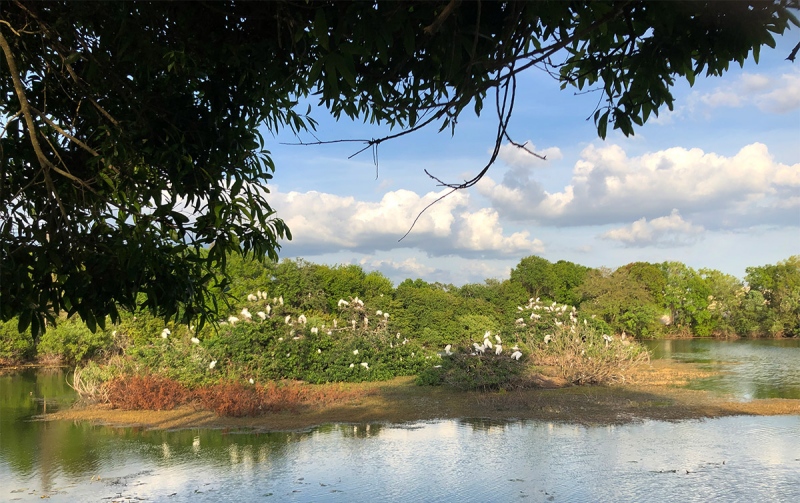
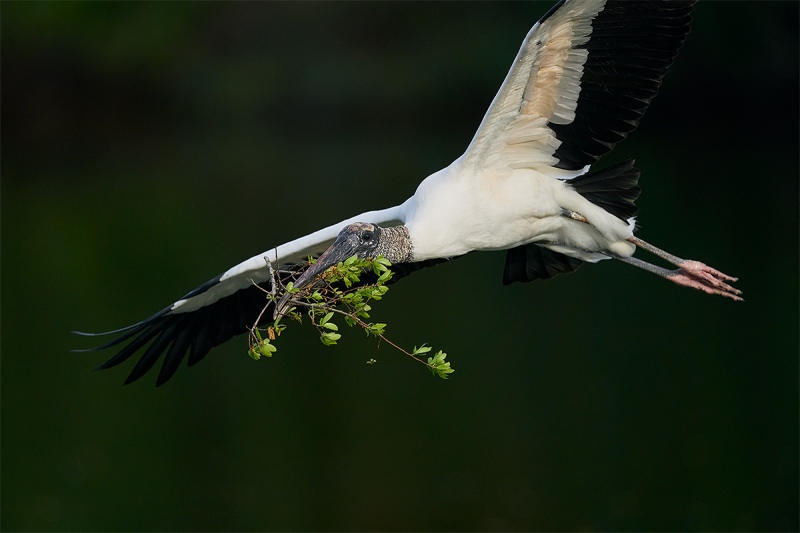
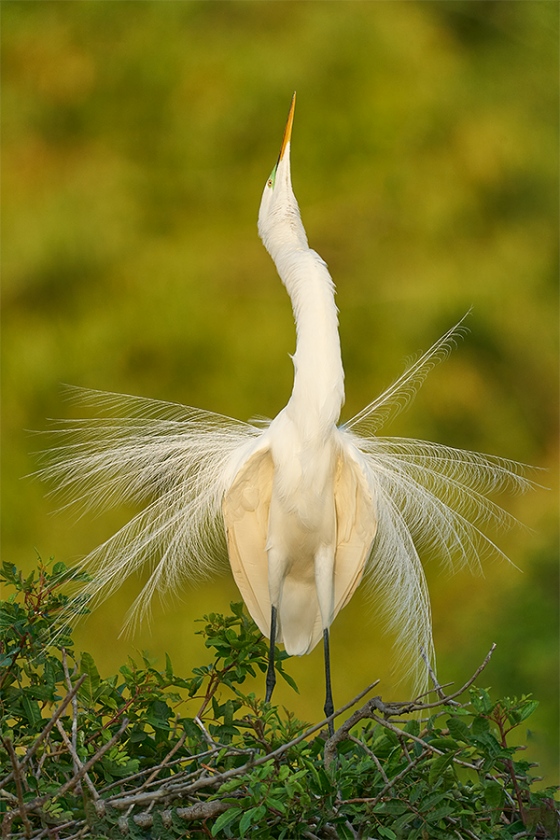
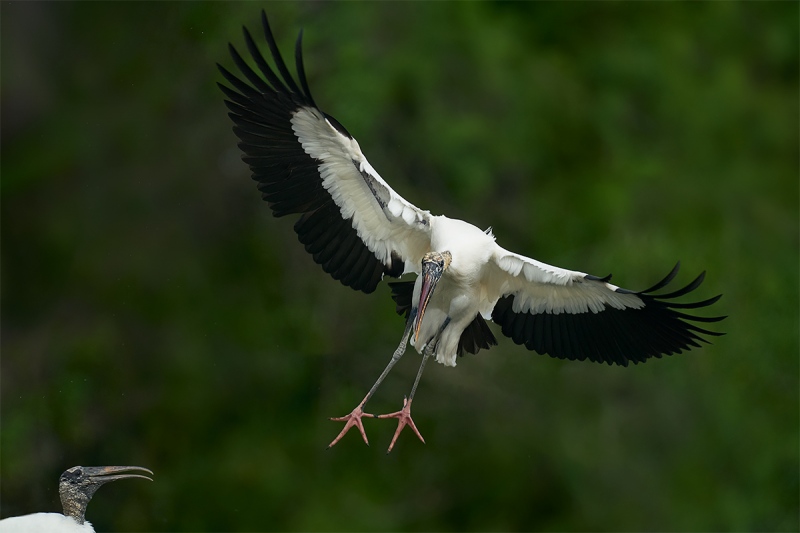
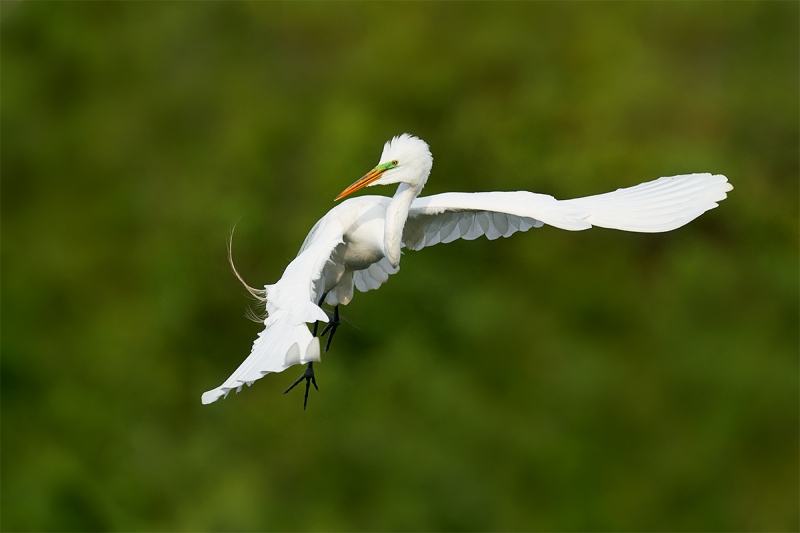
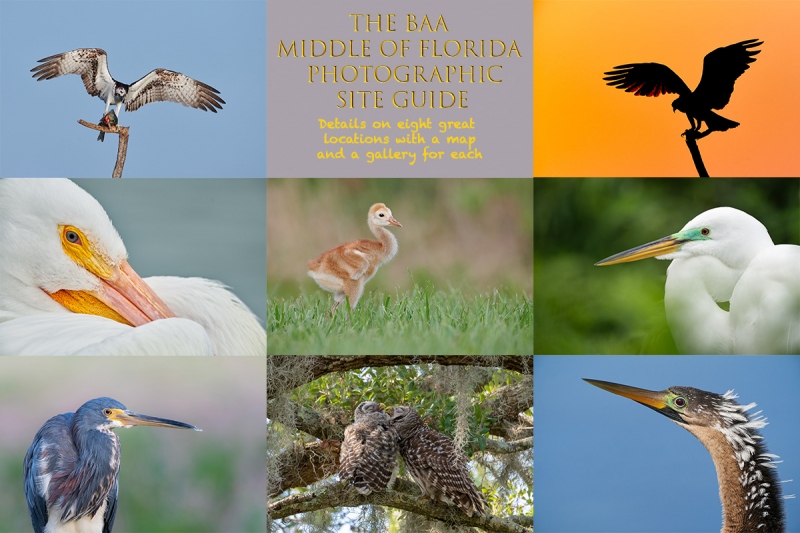













All three are Excellent -Plus . Para- phasing ” And a River runs thru it” ie; brad pitt — in a few more years YOU will be a Bird!
Love, love #3, Artie. I think it’s one of my all time favorites. You’re certainly on a roll this week!
Love #3 the most Artie, just spectacular! Sounds like it took all of your skills to make it happen too, in camera and in post. Perfect framing at 1200mm.
Thanks, Craig. It was worth it 🙂
with love, a
Image #5 is my favourite, with the egret looking back, the unusual wing positions, and with a beautiful coloured background. Very eye catching!
Artie, I am looking at the stork and egret photos which are beautiful, but appear to have the highlights slightly blown. I too recently shot these birds and had the same problem. I have been using Nik detail extractor to get some detail into the white, with excellent success. /Users/Jacksmacmini/Desktop/_DSC9457 13×19. tri colored heron copy.jpg
Here is a Tri colored heron on which I used the Nik plug in. I am quite satisfied.
Jack Goodman
Hi, Artie. Fine images all. On your question, absolutely I’d leave the one-bird welcoming committee. It adds life and a story to an already good image, making it great. I love image 3, the great egret displaying. I’ve never been lucky enough to see anything like that, probably because I usually see them in summer. The one with the bird looking over its right wing also is just terrific.
I like all these photos a lot. But my favorite is #5. The egret has such an unusual form looking back over its shoulder. It looks like a very fine dancer. I like the beautiful feet and underwing feathers too.